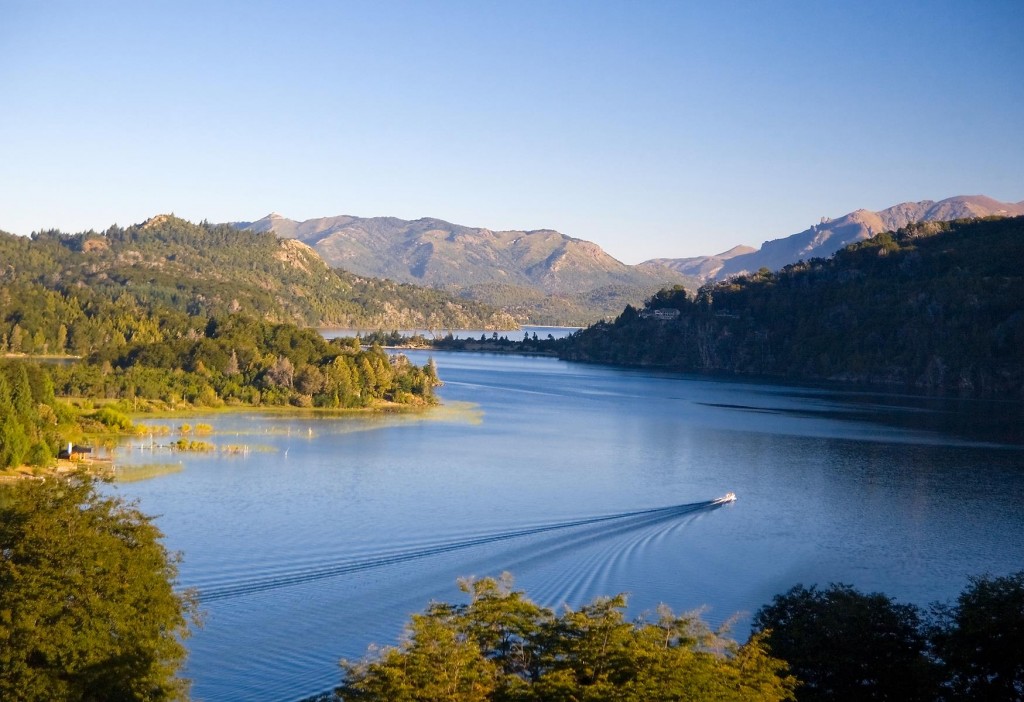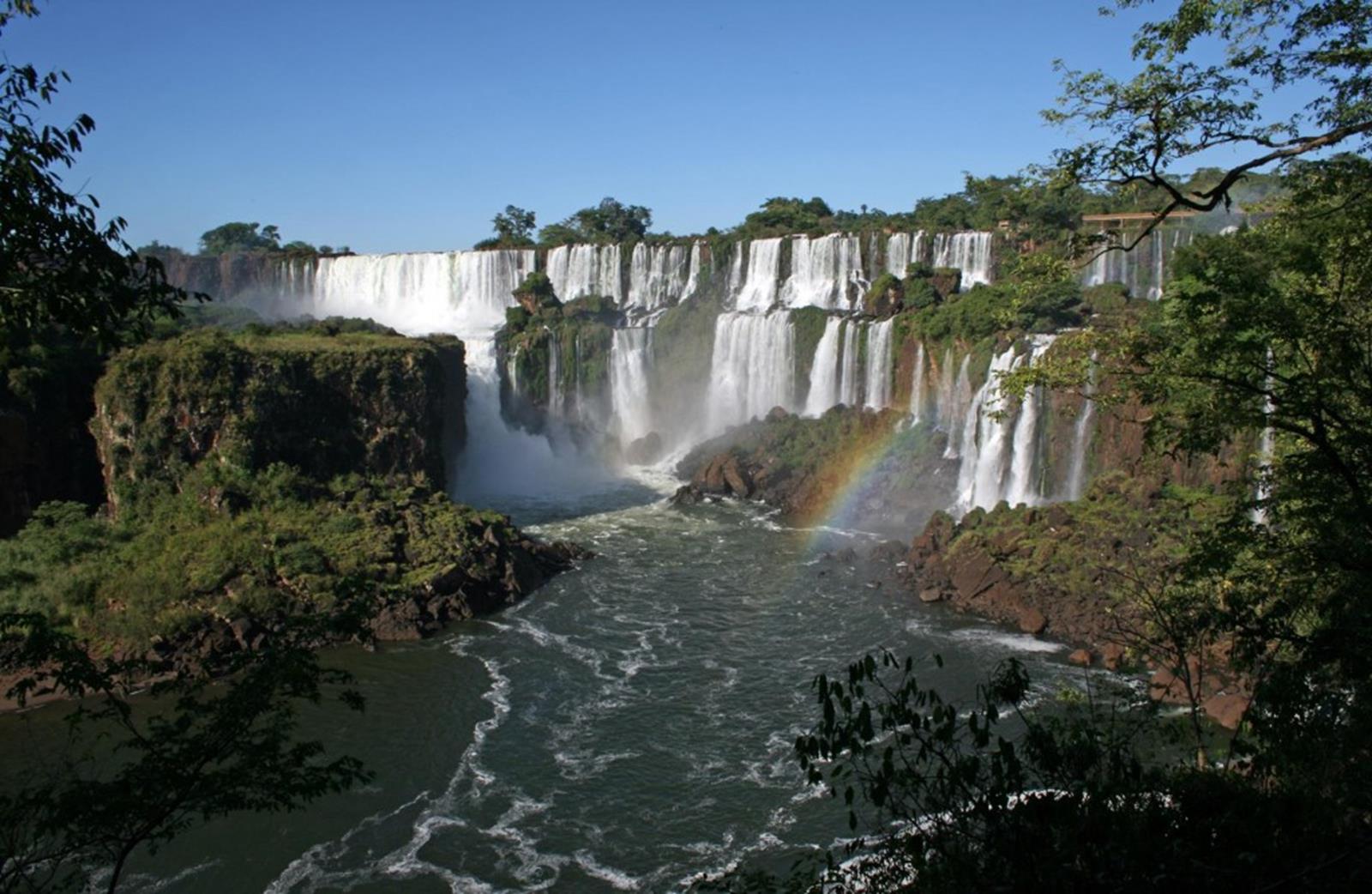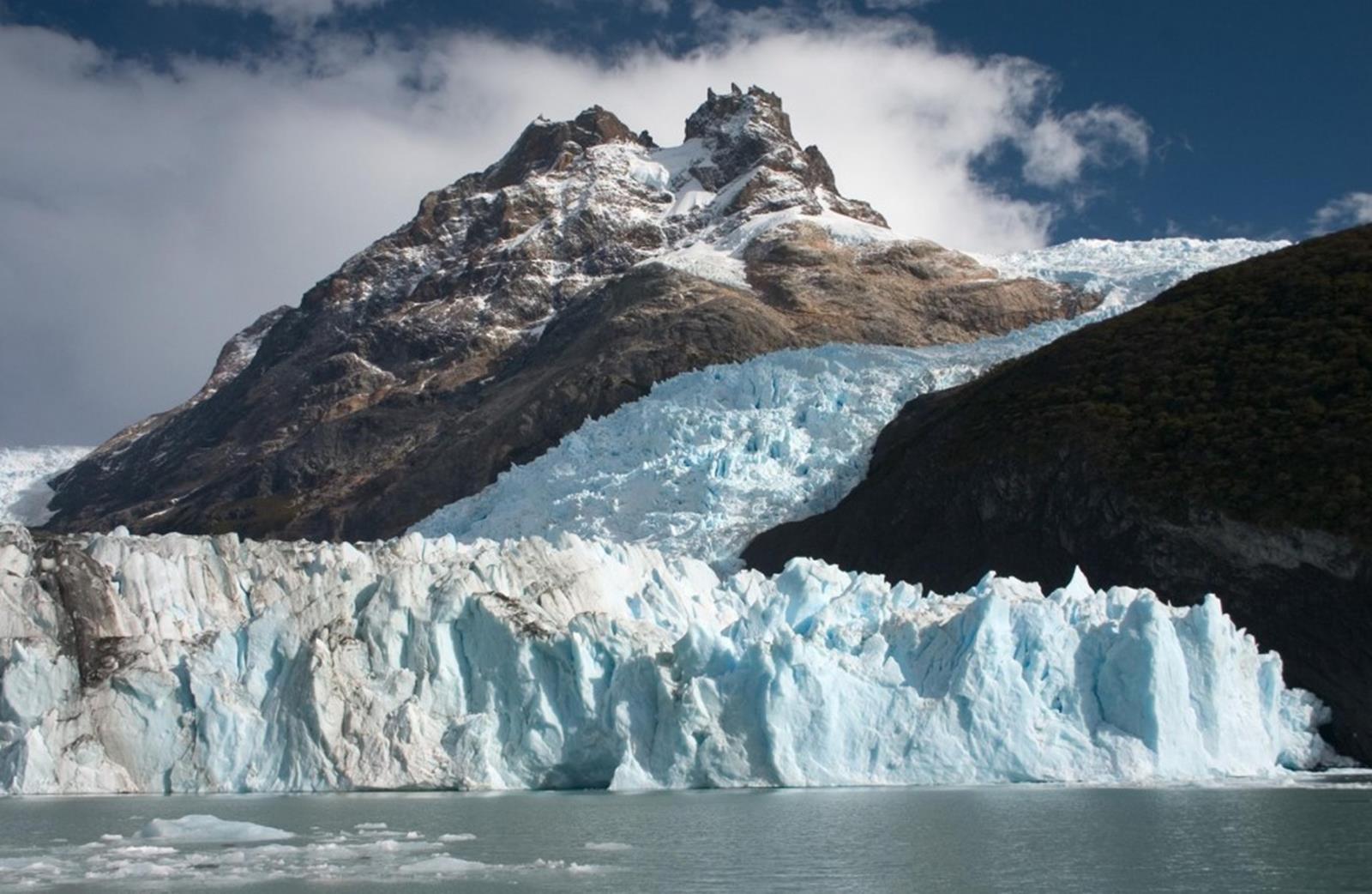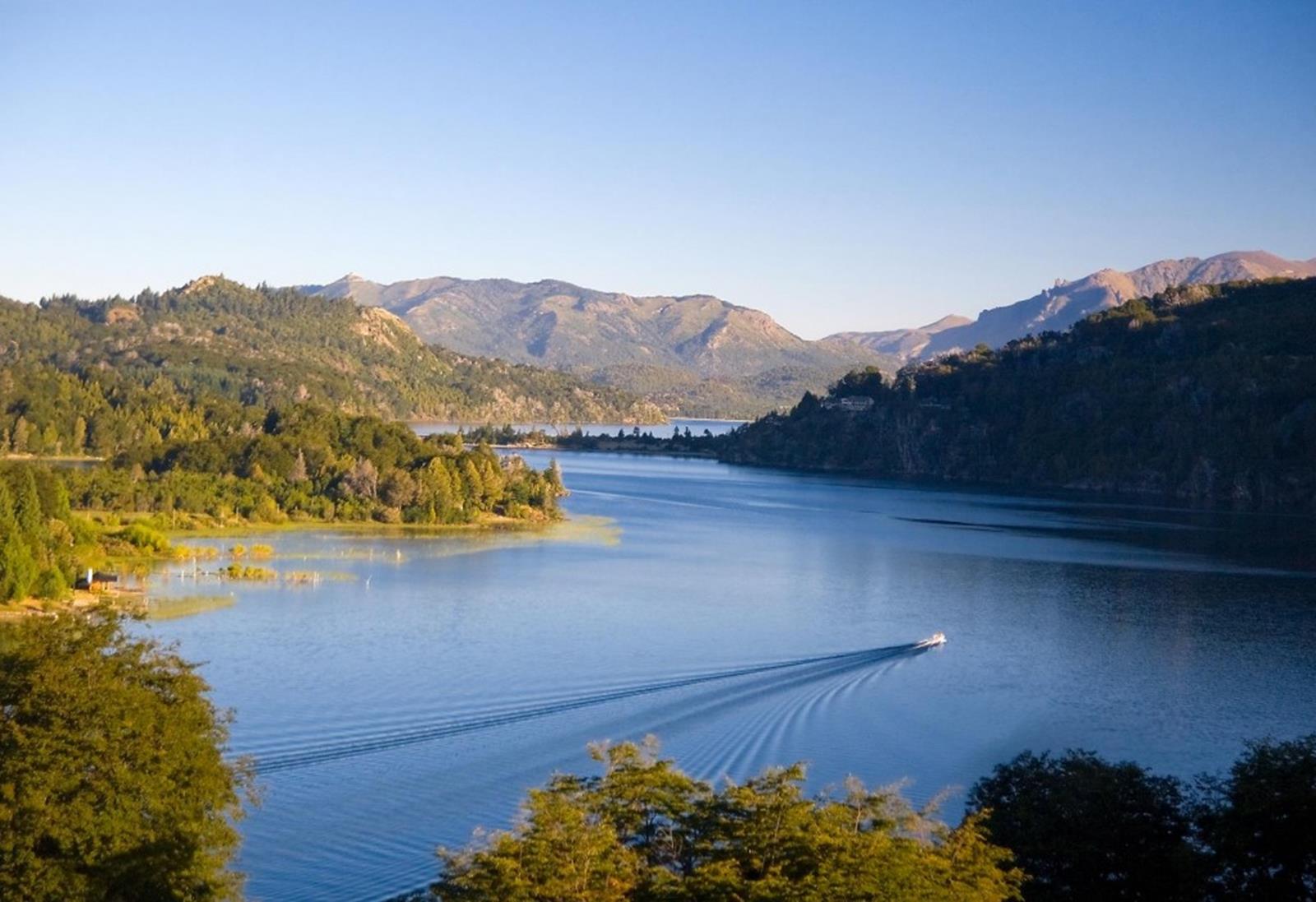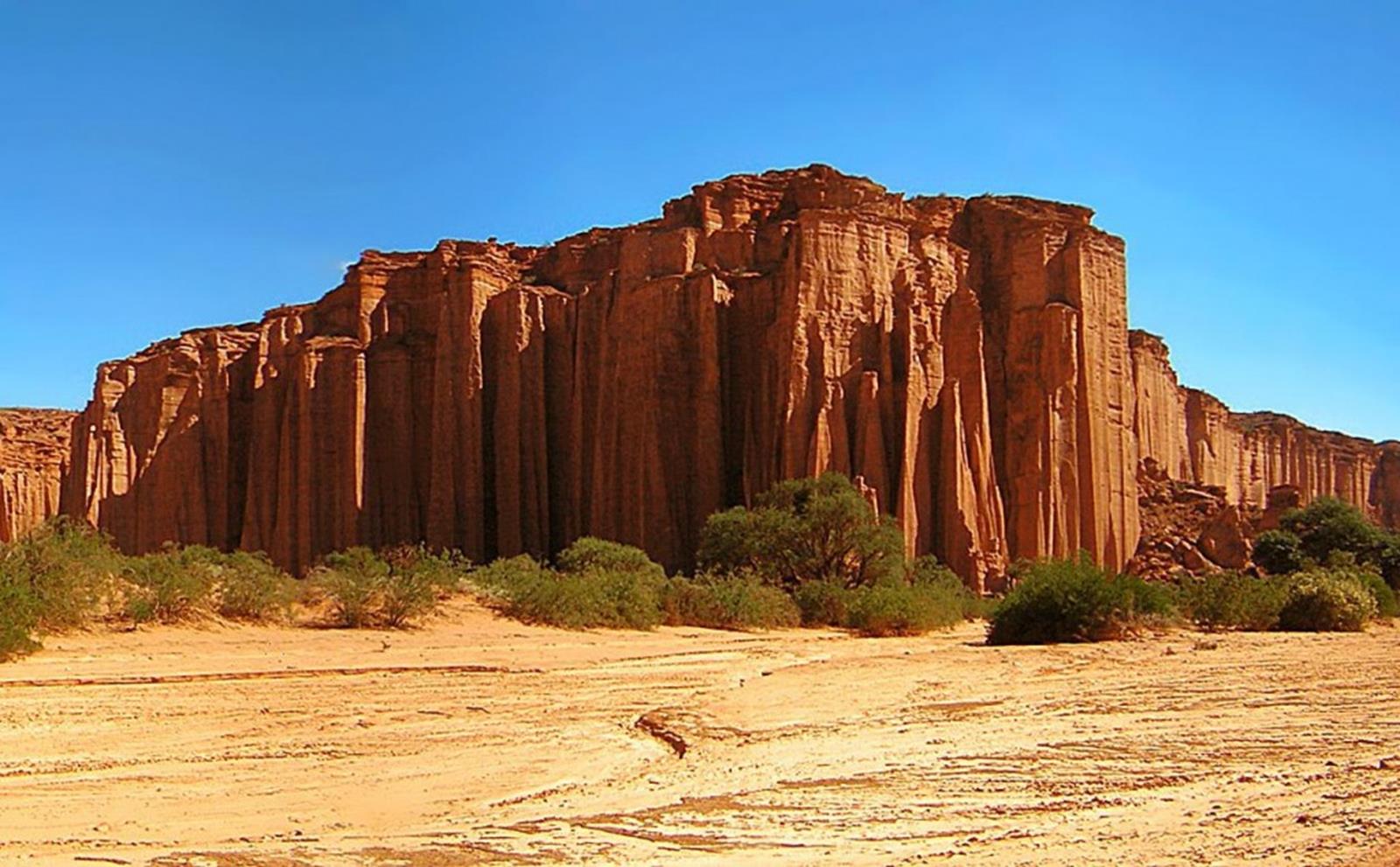While this article won’t tell you everything you need to know about the country, it will tell you about a land full of majestic canyons, glaciers, waterfalls, tropical rainforests and rock formations that resemble everything from turtles to the Lord’s finger.
All these natural wonders are found in Argentina’s national parks. The following is just a sampling of not-to-miss spots for your next student group trip.
Iguazu National Park
Straddling the borders between Brazil and Paraguay, this park encompasses miles of hiking trails, 400 species of exotic birds, a tropical rainforest and 275 waterfalls.
Most impressive is the semicircular waterfall that spans the borders of Argentina and Brazil for nearly two miles. Go inside the falls on footbridges for a view like no other. Other must-see waterfalls include the Garganta del Diablo (Devil’s Gorge), Bozetti and Dos Hermanas (Two Sisters).
Surrounding the falls is a subtropical rainforest, home to over 2,000 species of plants and animals like the tapris, giant anteater, howler monkey, caymans, jaguars and ocelots.
If looking to submerge your group into the depths of the forest, travelers can try the Green Trail; known for its monkey encounters; Upper Circuit trail, for panoramic views of Horseshoe Falls; or the Lower Circuit for a more jungle-like feel.
Los Glaciares
Home to 47 glaciers surrounded by lakes, woods and mountains, Los Glaciares National Park encompasses 2,316 sqare miles of land southwest of Santa Cruz on the border of Argentina and Chile. The second largest national park in Argentina, it boasts the largest ice cap outside of Antarctica.
Strap on your hiking gear for a once-in-a-lifetime chance to make your way to the summit of an actual glacier. Even the most inexperienced hiker can make it to the top of Perito Moreno Glacier in about five hours, or you can opt for the hour-and-a-half short trek. This is no small feat, as the massive hunk of ice is 262 feet above sea level and constantly moving. Upsala and Onelli are other glaciers that your group can choose to ascend.
Perito Moreno Glacier blocks a narrow channel formed by Lake Arengentio. Huge masses of ice plummet into the lake below, creating a massive splatter and spectacular show.
Although only avid climbers would even consider taking on the challenge of climbing Mount Fitz Roy, don’t let this discourage your group. At 11,168 feet, it is the largest mountain in the park. Inexperienced hikers will enjoy the less ambitious trails as they go part way up to enjoy the surrounding lakes, wildlife and gorgeous views.
Throughout your journey on the mountain, your group will discover a wildlife adventure that is better than any zoo you could imagine. The mountain is home to many endangered species and exotic animals, including 1,000 species of birds.
Nahuel Huapi
Aside from having the country’s largest and deepest clearwater lake with slopes perfect for winter sports, Nahuel Huapi is also the oldest national park in Argentina.
If planning a hiking or trekking trip, make sure you have a plan in place, as there are many sections of trails leading around the 2,722-square-mile park. While hiking, your group will come across one of the park’s countless lakes, which are full of perch, salmon and trout. If fishing isn’t your cup of lake water, enjoy a serene canoe or boat ride.
You will notice the huge slopes that make this a great destination for winter sports. Skiers and snowboarders enjoy the giant inclines along with the spectacular views of the mountains and glaciers.
Erosion has left its fingerprint on Nahuel Huapi, literally. Formations with names like God’s Finger and Indian Head are in what is known as “the Enchanted Valley.” Your group will feel like they are walking through a giant outdoor museum.
If looking for a quiet place to rest and soak it all in, hike up to Mirado. Nestled on the shore of Traful Lake, the cliff plunges straight down to the lake and is a great spot to take pictures. Sit back, relax and enjoy the scenery of this magical place.
Talampaya
At 492 feet tall, the reddish rock walls of Talampaya Canyon attract over 60,000 visitors each year. Located on the eastern side of Argentina’s La Rioja province, this national park offers deep canyons, geological formations, fossils of mammals, dinosaurs and plants, and rock engravings, known as petroglyphs, from ancient civilizations. Natural rock formations include the Monk, Wise Man, Tower and a giant turtle.
Make your way to the ancient “Lost City,” where you will find a series of formations, labyrinths and inner lakes all suitable for group exploration. There is also archaeological record of caves and burial sites from 120-1180 A.D. found in the area.
In the park you will likely come across such animals as the grey fox, Andean condor, falcons and armadillos.
Los Alerces
Tree huggers, this is the place for you as Los Alerces is home to the largest tree species in the world. Some of the trees are over 2,000 years old. Located in the Andean Patagonia at the start of the Valdiviana Jungle, this national park also has mountains, valleys, rivers and lakes.
In the Andean Patagonia woods you’ll find species like the European wild boar and the mink. The Valdivian rainforest houses a high diversity of plant life, amphibians and critical or endangered species although some may be hard to see as many are fearful of humans. However, you may be able to experience some of the most common birds in the park such as black woodpeckers, grebes, geese and chucaos. Other birds include the black-chested buzzard-eagle, condor and black vulture. Pumas, culpeo foxes, gray foxes and the endangered native otter, huillin, can also be found.
On the bank of Lake Futalaufquen, you will find everything needed to make your day trip into a sleepover with a camping and supply store. If not into buying a tent and roughing it, you can opt for an inn, bungalow or cabin in nearby Villa Futalaufquen.
When all is said and done, your group may never want to leave the lakes, glaciers and mountains ranges that make up Argentina. These five national parks are just some of the lush landscapes the country provides for travel groups. With less and less natural beauty existing in the world, it is nice to have national parks like Argentina’s to take a breather from it all and get back to nature. Go exploring today.

